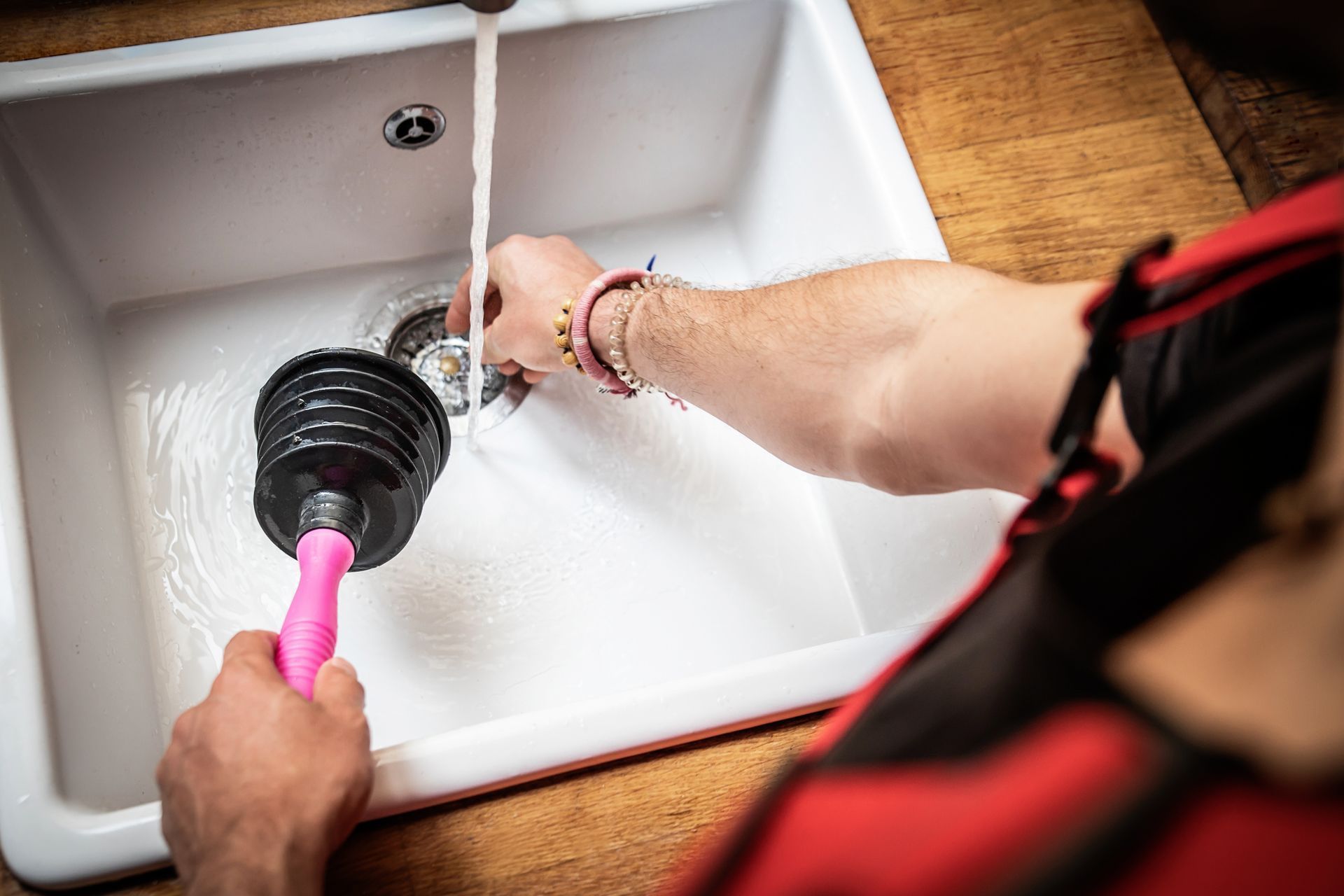How to Avoid and Respond to a Flooded Septic Drainfield

The drainfield around your septic tank can only handle so much water. If the drainfield becomes flooded by storm run-off or nearby bodies of water, your septic tank won't work properly. Wastewater can back up into your basement or home.
08.20.2018
The drainfield around your septic tank can only handle so much water. If the drainfield becomes flooded by storm run-off or nearby bodies of water, your septic tank won't work properly. Wastewater can back up into your basement or home.
If you have a septic system for wastewater, you can take these steps to both prevent and respond to a flooded septic drainfield. Here's what you should know.
Maintain Your Septic Tank to Limit Clogs
If the septic drainfield floods, floodwater enters the septic tank. When too much water enters the septic tank, fats and debris that rise with the water can clog pump chambers and outlets. After the drainfield clears and water recedes, the clogs can remain. Stopped-up pump chambers and outlets impair your septic tank's performance.
Have a professional pump out your septic tank yearly to reduce the debris and other solids in the system. If a flood does occur around your septic tank, a clean tank has a lower risk of having clogs.
Drainfield flooding can occur when you have storm-water runoff issues on your property. Use French drains, ditches, and other methods to divert water away from your septic tank and drainfield areas.
Never drive or place heavy sheds or objects over the drainfield or septic tank. Keep the area cleared of saplings and invasive shrubs.
Watch What Goes Down the Drain
If you send your washing machine, toilets, sinks, tubs, and food disposal waste down the septic lines, every small bit of debris in the wastewater adds up to too much waste in your septic lines and tank over time. Monitor the materials that you and household members send down every drain.
Never use toilets and drains to flush or dispose of:
- Greases, fats, or oils
- Dental floss
- Cigarette butts
- Coffee grounds
- Cat litter
- Pills or drugs
- Fuel, pesticides, and insecticides
Solid objects that wash down the drain can collect on the sides and bottoms of pipes and septic tanks.
Bleach, solvents, paints, paint thinner, and other harsh chemicals can disrupt the biological action of the septic system. Chemicals can alter the septic tank environment so it doesn't break down waste matter properly.
Don't Send Water Down the Drain After Flooding
Have a plan to reduce water use in case of a drainfield flood event. The last thing you want to do is add more water to the septic system.
Lower household wastewater production while the drainfield is flooded by:
- Washing clothes at the laundromat
- Using disposable dinnerware
- Eating out for meals
- Showering at the gym or home of loved ones
- Staying in a hotel or suite
If floodwaters have reached your basement or lower floors, avoid using the wastewater system until the waters in the drainfield are lower than the water level at your home.
Hire Professionals to Pump and Check Out Your System
Schedule a professional pumping of your system when the drainfield floods. Be aware that you must do the pumping after the waters recede around the septic tank. You have a risk of the septic tank popping out of the ground if a professional pumps the tank while it is in saturated water.
The septic tank can be full of noxious and lethal gases. If you smell a strong rotten egg or other foul smell in your home, you and your family can become sick. Leave the home if it fills with strong odors after a septic tank backup. Arrange for cleanup of backed up sewage and gases in the home.
Never enter the septic tank yourself, as the fumes could be deadly. Avoid walking around the flooded drainfield to limit your exposure to disease-causing microorganisms in the water.
If your septic drainfield floods, contact O'Fallon Sewer Service right away to schedule a pumping and inspection of your septic system. We offer one-stop septic services for Missouri residents of Warren, Lincoln, and St. Charles counties.
Facebook Twitter Google+ pinterest








